All Stories
-
 Health & Medicine
Health & MedicineHelp for postpartum mood disorders can be hard to come by
A new survey suggests that many postpartum women who suffer from depression, anxiety and other mood disorders don’t get the help they need.
-
 Astronomy
AstronomySo long, Titan. Cassini snaps parting pics of Saturn’s largest moon
The last swing past Saturn’s largest moon sent Cassini heading directly towards the planet — and showed how future spacecraft will explore other moons.
-
 Anthropology
AnthropologySkeleton ignites debate over whether women were Viking warriors
Scientists spar over a 10th century woman who may have had serious fight in her.
By Bruce Bower -
 Paleontology
PaleontologyLike sea stars, ancient echinoderms nibbled with tiny tube feet
An ancient echinoderm fossil preserves evidence of tube feet like those found on today’s sea stars.
-
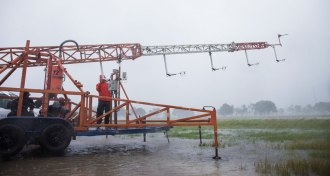 Earth
EarthHow hurricanes and other devastating disasters spur scientific research
Hurricanes such as Harvey, Irma and others have been devastating, even deadly, yet they drive our desire for scientific discovery.
-
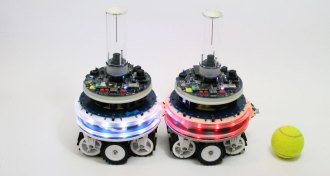 Tech
TechIn these bot hookups, the machines meld their minds
A new type of robot can team up with its fellows to form a single-minded machine.
-
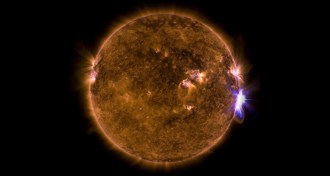 Astronomy
AstronomyThe sun’s strongest flare in 11 years might help explain a solar paradox
The sun tends to release its biggest flares at the ends of solar cycles — and we might finally be able to test why.
-
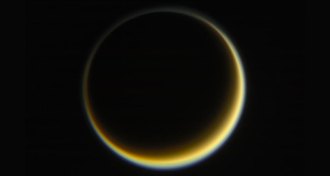 Astronomy
AstronomyFinal flyby puts Cassini on a collision course with Saturn
A “last kiss goodbye” with Saturn’s largest moon sent the Cassini spacecraft on its final trajectory into the planet’s atmosphere.
-
 Psychology
PsychologyScience can’t forecast love
Scientists’ forecast for romantic matches is unpredictable.
By Bruce Bower -
 Health & Medicine
Health & MedicineSugars in breast milk may fight harmful bacteria directly
A small study finds that the sugars present in some women’s breast milk may fight potentially harmful bacteria.
-
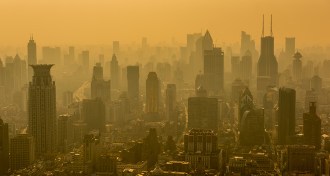 Environment
EnvironmentAir pollution takes a toll on solar energy
Dust and other tiny air pollutants can reduce solar energy output by as much as 25 percent in parts of the world.
-
 Science & Society
Science & SocietyDebates on whether science is broken don’t fit in tweets
Amid debates over whether science is broken, many experts are proposing repairs.